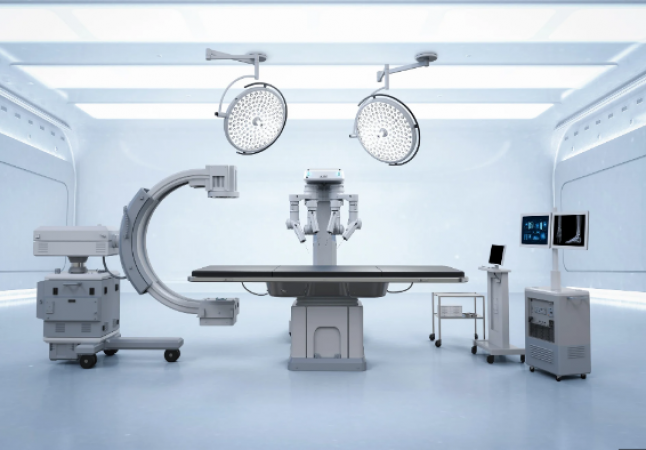
New Delhi: India, a developing country with a burgeoning population, faces significant challenges in providing affordable and accessible healthcare to its citizens. One key area of concern is the high cost of medical machines and equipment. This article aims to delve into the factors contributing to the elevated prices of medical machines in India and shed light on the complexities surrounding the issue.
Import Dependence: A significant reason for the high cost of medical machines in India is the heavy reliance on imports. Many advanced medical technologies and equipment are not manufactured domestically, necessitating their importation. Import duties, taxes, and transportation costs significantly add to the overall price of the machines, making them more expensive for consumers.
Currency Fluctuations: India's currency, the Indian Rupee (INR), is subject to fluctuations against major international currencies such as the US Dollar and Euro. When the INR weakens against these currencies, the cost of importing medical machines increases. This volatility makes it challenging for healthcare providers to predict and budget for machine purchases, leading to higher prices for end-users.
Also Read: Realme's Narzo 60 series will go on sale on July 6; Look into specifics
Research and Development Costs: The development of innovative medical technologies involves extensive research and development (R&D) investments. Companies often pass these costs onto consumers to recoup their investments and fund future R&D efforts. Moreover, regulatory processes and compliance requirements add to the expenses incurred by manufacturers, contributing to the overall higher cost of medical machines.
Quality and Standards: Medical machines must adhere to stringent quality and safety standards to ensure patient well-being. Complying with these standards necessitates the use of high-quality materials, advanced manufacturing techniques, and rigorous testing protocols. Meeting these requirements increases production costs, which are subsequently passed on to the end-users, making the machines more expensive.
Also Read: Insilco Medicine Commences Human Trials for Groundbreaking AI-Designed Drug
Limited Domestic Manufacturing: While India has made notable progress in domestic manufacturing of medical devices, the majority of advanced medical machines are still imported. Insufficient domestic manufacturing capacities result in a limited supply of medical machines, driving up their prices due to increased demand and limited competition. Expanding domestic manufacturing capabilities can help reduce costs in the long run.
Infrastructure and Distribution Challenges:
India's vast and diverse geography poses logistical challenges in delivering medical machines to remote areas. Inadequate transportation infrastructure, including road connectivity and storage facilities, can lead to higher transportation costs. Additionally, ensuring timely maintenance and availability of spare parts in remote regions can also add to the overall cost of medical machines.
Regulatory Hurdles: The medical device industry in India is subject to a complex regulatory framework, which includes licensing, quality certifications, and price controls. Obtaining these certifications and complying with regulations can be time-consuming and expensive for manufacturers. The costs associated with regulatory compliance are often transferred to the end-users, making the machines costlier.
Also Read: Google’s Pixel 7a Tweaks Refresh Rate Unleashing User Discontentment
The high cost of medical machines in India can be attributed to various factors such as import dependence, currency fluctuations, research and development expenses, quality standards, limited domestic manufacturing, infrastructure challenges, and regulatory hurdles. Addressing these issues requires a multi-faceted approach involving government initiatives, industry collaboration, and investment in domestic manufacturing capabilities. By reducing import dependence, streamlining regulatory processes, and promoting domestic manufacturing, India can work towards making medical machines more affordable and accessible to its citizens.